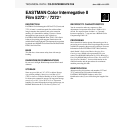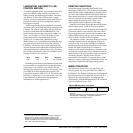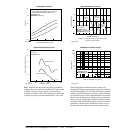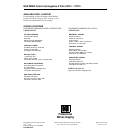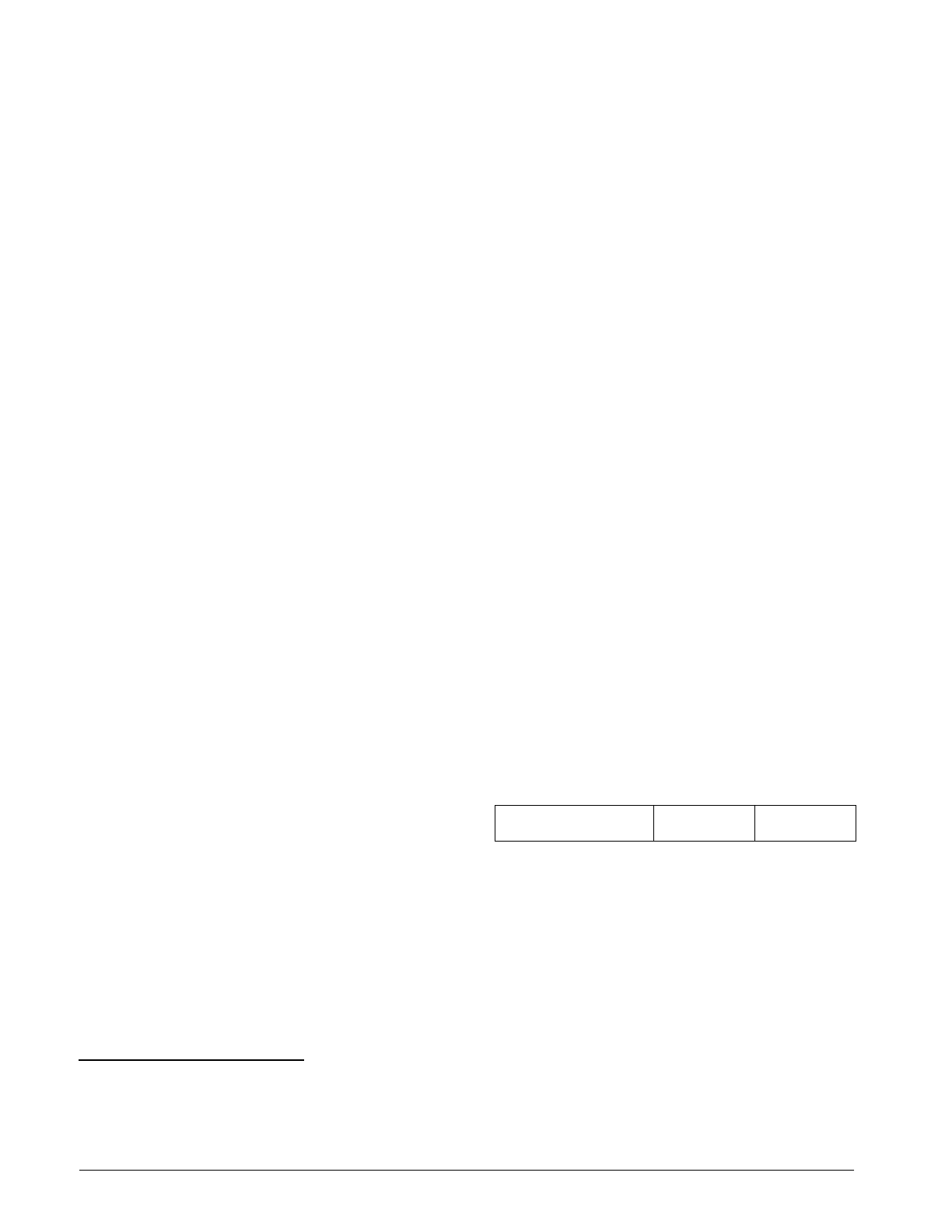
2 EASTMAN Color Internegative II Film 5272
™
/ 7272
™
• H-1-5272
LABORATORY AIM DENSITY (LAD)
CONTROL METHOD
To maintain optimum quality and consistency in the final
prints, the laboratory must carefully control the color
timing, printing, and duplicating procedures. Laboratory
Aim Density (LAD) Control Film provides a simple,
effective, and easily implemented control method for the
production of master positives and duplicate negatives
from negative originals.
All film in the printing original should be color timed
relative to LAD Control Film supplied by Eastman Kodak
Company. The reversal LAD control film specified may
be made on EASTMAN EKTACHROME Film 7240
flashed and processed to Status M densities of Red 1.10,
Green 1.10, and Blue 1.10. The LAD Control Film is
printed at the center of the printer range, usually
TAPE 25-25-25. Printer setup (speed, bulb voltage,
TRIM, filtration, etc.) is determined by printing the large
gray patch in the LAD Control Film to the specified
Laboratory Aim Density values on the duplicating film,
chosen to be at the center of the usable straight-line portion
of the duplicating film’s characteristic curves. The Status
M Laboratory Aim Density values for EASTMAN Color
Internegative II Film are as follows:
For making prints, the processed internegative may then
be timed relative to a negative LAD Control Film using
densitometry or an electronic color analyzer. On-aim
internegatives and duplicate negatives will normally time
near TAPE 29-29-29 compared to the negative LAD
Control Film printed at TAPE 25-25-25. The LAD on the
print film is a neutral gray of 1.0 visual density. The LAD
Control Method
*
assumes that the film and process
sensitometry are within specification.
Red Green Blue Tolerance
0.90 1.30 1.70 ± 0.12 density
* The LAD control method is described in the paper “A Simplified
Motion-Picture Laboratory Control Method for Improved Color
Duplication,” by John P. Pytlak and Alfred W. Fleischer in the
October 1976 SMPTE Journal. Also refer to KODAK Publication No.
H-61, LAD—
Laboratory Aim Density
.
PRINTING CONDITIONS
In all printer setups for printing EASTMAN Color
Internegative II Film 5272 / 7272, include a heat absorbing
(infrared) filter such as a KODAK Heat Absorbing Glass,
No. 2043, and a KODAK WRATTEN Gelatin Filter No.
2B to absorb ultraviolet (UV) light. For high light output
with very long bulb life, operate the printer bulb at
approximately 80 percent of rated voltage. Use a
well-regulated constant-current dc power supply.
Print the LAD Control Film at the center of the printer
balance range, usually TAPE 25-25-25 on an additive
printer. Print other scenes in the original as determined by
color timing relative to the reversal LAD Control Film.
Choose the printer speed and filtration to normalize the
additive TRIM settings near the center of their range to
allow for slight variations in film and printer.
On subtractive printers, choose the filter pack and light
control for both the removal and addition of filters for
color correction. You can use EASTMAN Lamphouse
Modification Filters in subtractive printers to more closely
balance the spectral characteristics of subtractive
lamphouses with additive lamphouses so that prints made
on a subtractive printer more closely match those made on
additive printers. On optical printers, set the lens aperture
considering sharpness, depth of focus, and light
transmittance characteristics. Use ground glass or other
diffusers to improve uniformity of illumination. Clean and
align optics for optimum light output and uniformity.
IMAGE STRUCTURE
The modulation-transfer curve, rms granularity, and
resolving-power data were generated from samples of
EASTMAN Color Negative II Film exposed with tungsten
light and processed as recommended in Process ECN-2
chemicals. For more information on image-structure
characteristics, see KODAK Publication No. H-1, KODAK
Professional Motion Picture Films.
Diffuse RMS Granularity
*
Less than 5
* Read at a net diffuse visual density of 1.0, using a 48-micrometre
aperture.
Resolving Power
†
† Determined according to a method similar to the one described in
ISO 6328-1982,
Photography—Photographic Materials—
Determination of ISO Resolving Power.
TOC 1.6:1
TOC 1000:1
80 lines/mm
160 lines/mm



